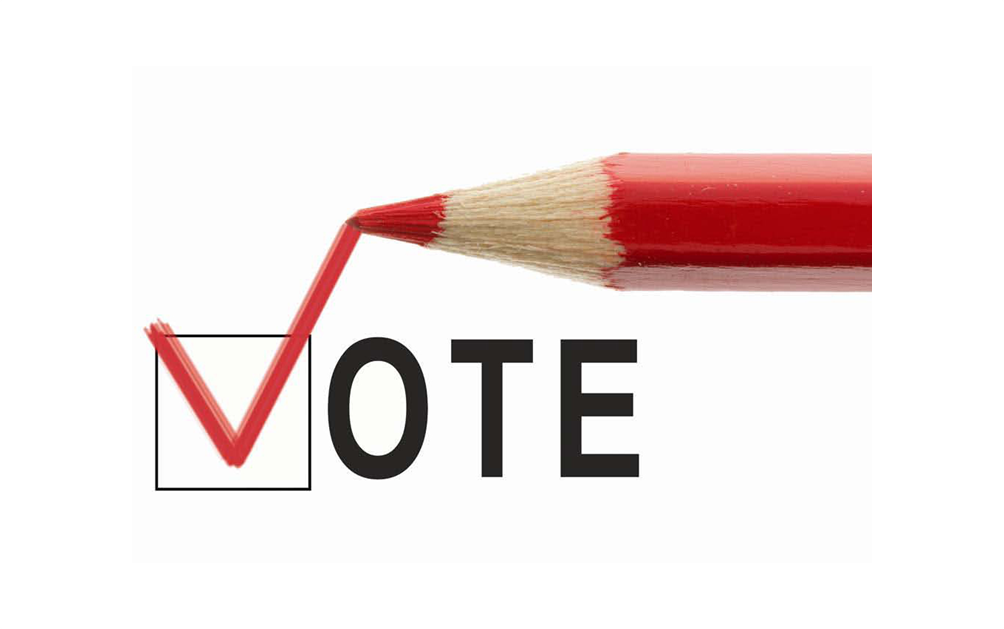By Dan Walters.
It would be fair to assume that relatively few of the California voters who passed Proposition 13 overwhelmingly 40 years ago will still be voting this year.
So, one might wonder, would today’s voters be willing to make a major change in the state’s iconic property-tax limitation?
They may be given the opportunity in a proposed November ballot measure that would remove Proposition 13’s limits from commercial properties such as retail stores, warehouses and factories, raising property taxes on them by $6 billion to $10 billion a year, according to the Legislature’s budget analyst.
The additional net revenue would be divided between schools (40 percent) and local governments (60 percent).
Changing (or repealing) the 1978 tax limit has been a Holy Grail goal for those on California’s political left, particularly public-employee labor unions, for decades. But the anti-Proposition 13 forces have never been willing to take their cause to voters.
The previous efforts faltered when their sponsors decided, in effect, that they had little or no chance of success at the ballot box. Conversely, those on the other side of the taxation issue have stiffened Proposition 13’s provisions via subsequent ballot measures.
Initiative petitions for this year’s version of the “split roll” are now being circulated for signatures and its deep-pocketed advocates clearly have the wherewithal to place it on the ballot. But will they really try this time or once again walk away from a showdown?
A new poll, conducted by the Public Policy Institute of California, indicates that changing Proposition 13 would be an uphill political battle.
PPIC asked a sample of all California adults, as well as likely voters, “Overall, do you feel passing Proposition 13 turned out to be mostly a good thing for California or mostly a bad thing?”
It found that 57 percent of adults said it had been a good thing and just 23 percent, a bad thing. More importantly, 65 percent of likely voters said it had been a good thing—almost exactly the margin by which Proposition 13 was approved in 1978 over the opposition of just about every major state political figure, including the governor at the time, Jerry Brown.
The poll’s pro-Proposition 13 sentiments are widespread, including strong majorities of voters in both parties, as well as independents and, perhaps surprisingly, 66 percent of respondents in the San Francisco Bay Area, the state’s most liberal region.
One could argue that a strong endorsement of Proposition 13 is not the same thing as opposing a revision that would maintain its limits for residential property and farms but raise taxes on other business property.
However, it places a heavy burden on the measure’s proponents to explain and sell the difference, arguing that schools and local governments desperately need the money and that businesses benefited handsomely from the recent overhaul of federal taxes.
Meanwhile, it would give opponents the opportunity to describe it as an attack on Proposition 13 and a tax grab that wouldn’t improve educations or public services but would instead shore up pension systems that have huge unfunded liabilities.
With multibillion-dollar stakes in the outcome, commercial property owners and their tenants would have the motivation to spend lavishly on an opposition campaign.
Voters may face a Proposition 13 revision on November’s ballot. But don’t count on it, and certainly don’t count on passage if it does make the ballot.
[divider] [/divider]





